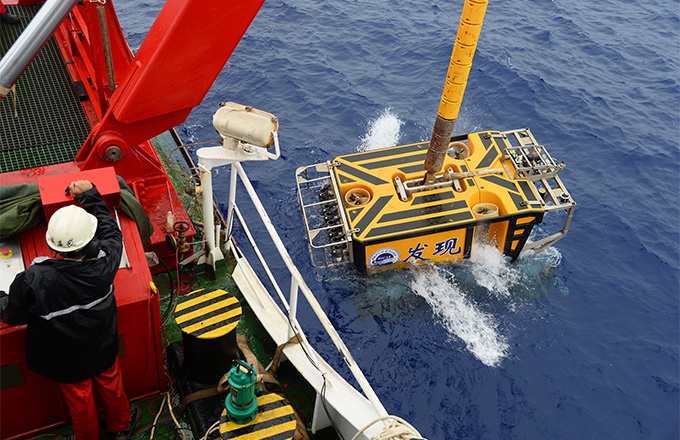Ordinary Chinese have more say in megascience project
NANJING - Both Chinese astronomers and the general public are interested in the development of the world's largest telescope. But controversy on social media over its design has delayed the progress.
Chen Jiansheng, a senior astronomer at Peking University, sent a mass email to China's leading astronomers last week, opposing the existing design of the telescope. Two academicians, Cui Xiangqun, the telescope's chief engineer, and Su Dingquang, an astronomer at Nanjing University, jointly responded to Chen on social media, openly defending the original plan.
The Chinese public has now been drawn into the scientific infrastructure development process and has shown interest in picking sides.
The 12-meter telescope, known as the Large Optical/Infrared Telescope (LOT), was included on the list of megascience facilities to be built during the 13th Five-Year Plan period (2016-2020) in March. The four-mirror plan was approved by the engineering team in July.
The government has required construction on the telescope to begin by the end of 2018. Any delays or controversies over its design would risk missing that target.
The project's engineering team, under Cui at the Nanjing Institute of Astronomical Optics and Technology, is in favor of the ambitious four-mirror plan. On the other side, many astronomers and astrophiles have called that too risky and want a simpler and more universal three-mirror plan.
"Though I have no understanding about the mirrors, I believe involving the public in the future of our country's scientific endeavors is progress," said Zhao Hang, an amateur stargazer.
Nearly 200 reports on the debate had been posted on news sites as of the weekend, including many of China's most prestigious media outlets, with some pieces exceeding 100,000 views.
"Fundamental science has a relatively high 'threshold'. But scientific findings have obviously drawn much more attention in recent years, which demonstrates rising scientific literacy among the public," said Cai Yifu with the Chinese Academy of Sciences.
"It is also the job of scientists to explain and promote their work to the public," Cai said, citing the world's highest altitude gravitational wave telescopes in Tibet, which welcomed public opinion from design to construction.
China's young astronomers, who don't usually have a say in state-level megascience projects like this, jointly released an open letter on social media which read: "As the main future users of the next-generation telescope, we sincerely and earnestly hope the debate over its design can be open and transparent."
The letter has received over 130 signatures placing their votes for the three-mirror plan.
Last week, overseas Chinese scientists also joined the debate. Shen Yue, assistant professor with the University of Illinois, said the generally accepted international method is to organize an expert panel to review all plans and gradually reach a consensus after several rounds of discussion.
"I hope both sides will find a solution soon based on mutual understanding and sufficient debate," a user named Zhang Dong commented online. "After all, none of us would like to see China miss this crucial opportunity in its astronomical development."





















